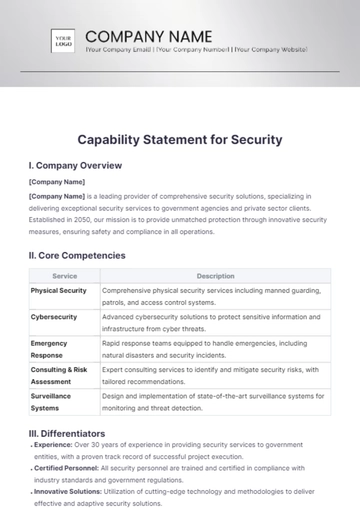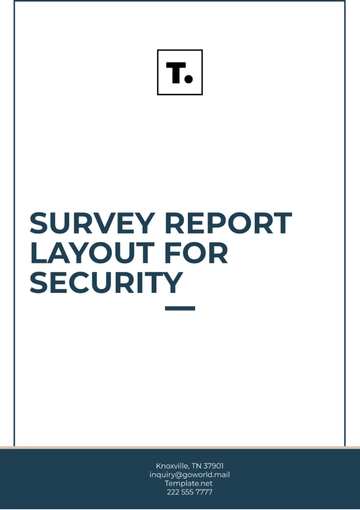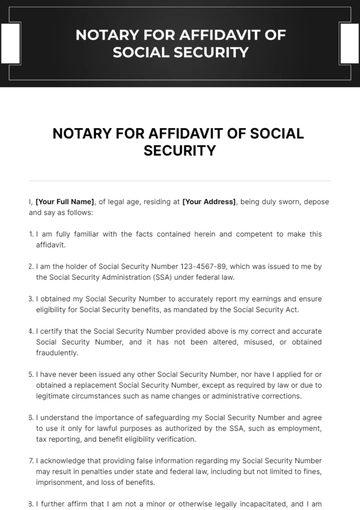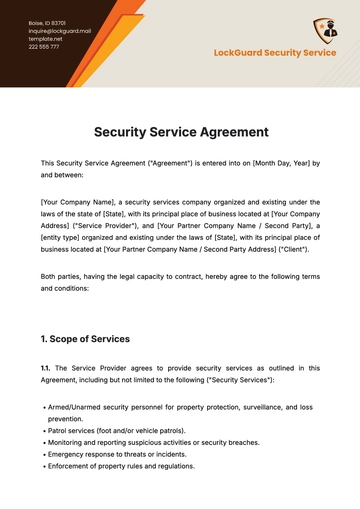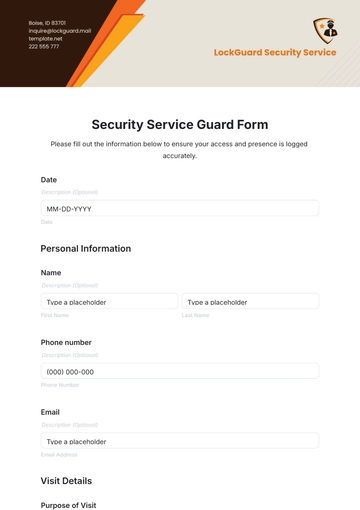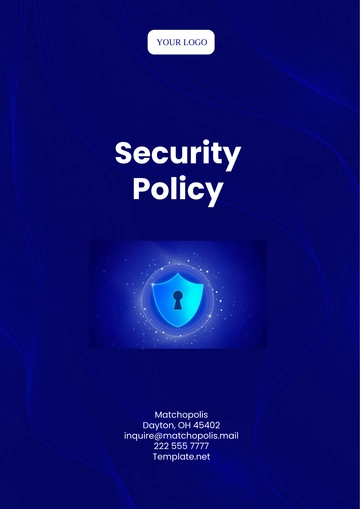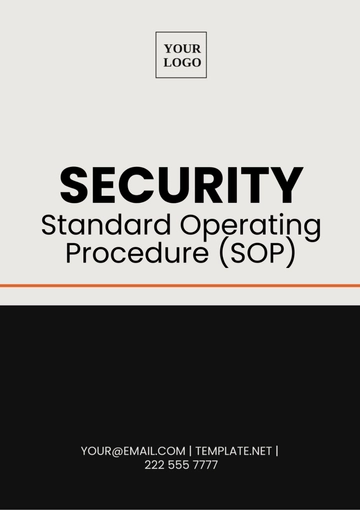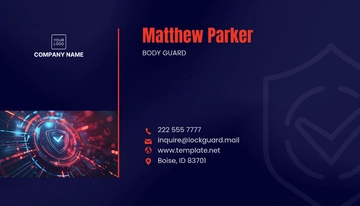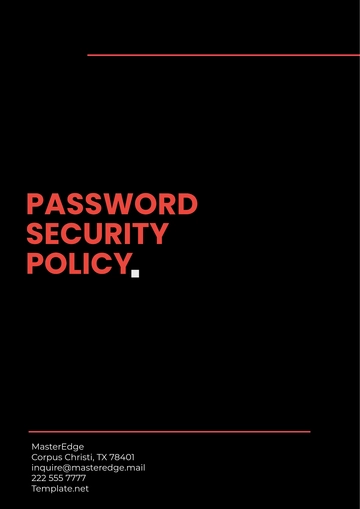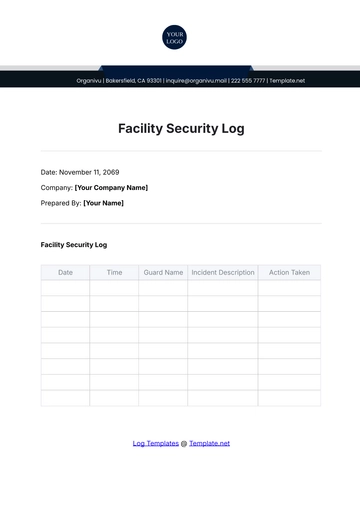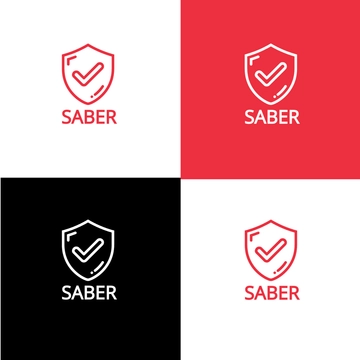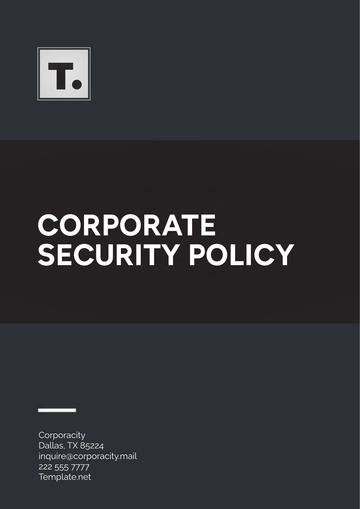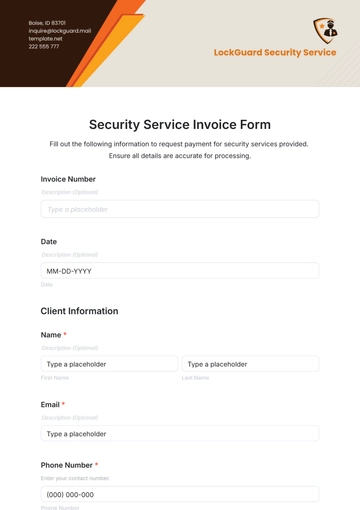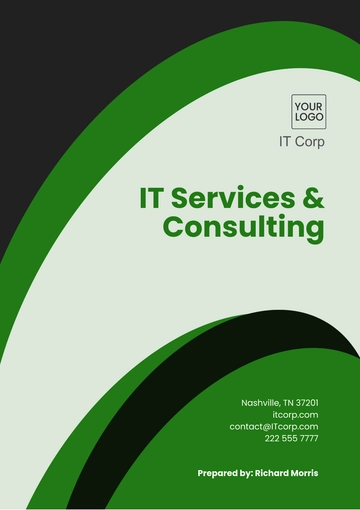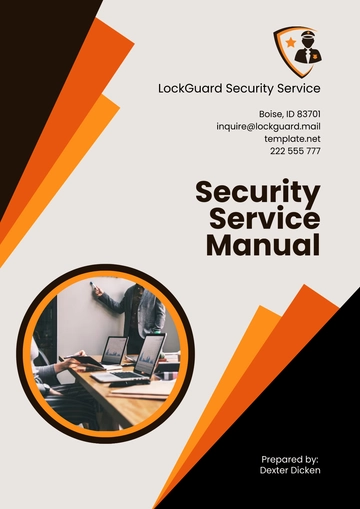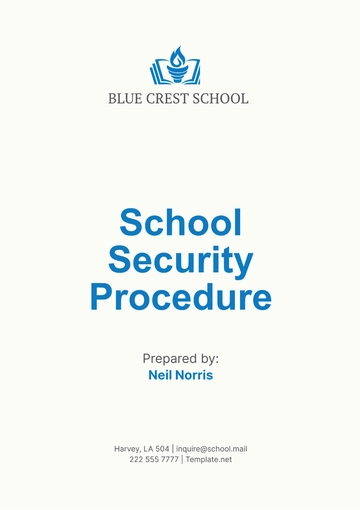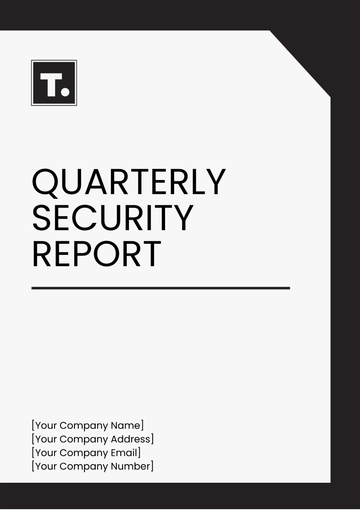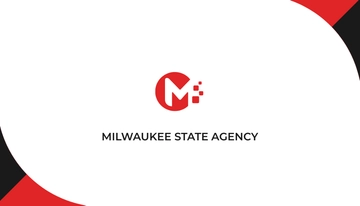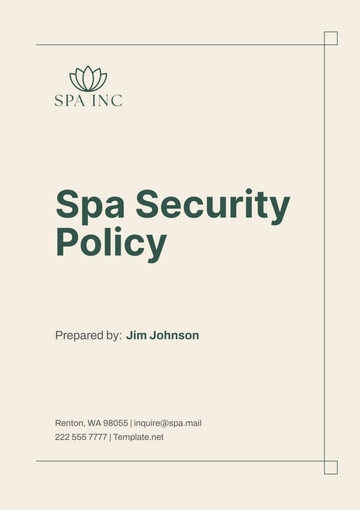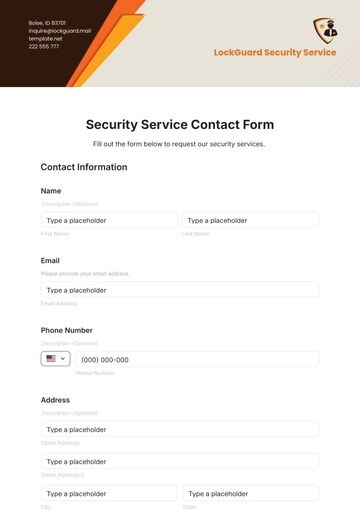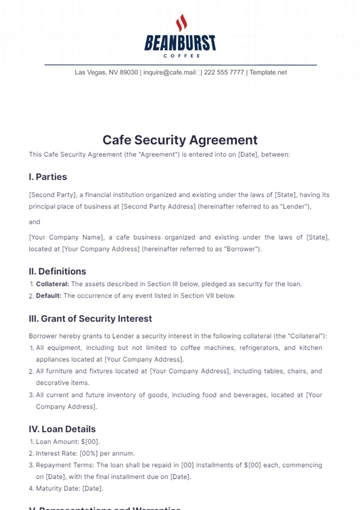Free Security Compliance Management

1. Introduction
Review the purpose and scope of this Compliance Checklist.
Identify the regulatory requirements and standards applicable to [Your Company Name].
2. Governance and Policies
Ensure that [Your Company Name] has established a comprehensive information security policy.
Verify that roles and responsibilities for security compliance are clearly defined.
Confirm that policies align with industry best practices and regulatory requirements.
3. Risk Assessment and Management
Conduct regular risk assessments to identify potential security threats and vulnerabilities.
Implement risk mitigation measures based on assessment findings.
Monitor and update risk management processes as necessary.
4. Access Control
Validate that access to systems, data, and facilities is restricted based on least privilege principles.
Implement strong authentication mechanisms such as multi-factor
authentication (MFA) where appropriate.
Review access control policies periodically and make adjustments as needed.
5. Data Protection
Ensure that sensitive data is encrypted both in transit and at rest.
Establish data retention and disposal policies to securely manage the data lifecycle.
Conduct regular audits of data protection measures.
6. Network Security
Implement firewalls, intrusion detection/prevention systems, and secure network configurations.
Monitor network traffic for unauthorized access attempts or anomalies.
Conduct periodic penetration testing and vulnerability assessments.
7. Security Awareness and Training
Provide regular security training and awareness programs for employees.
Ensure employees understand their role in maintaining security compliance.
Conduct phishing simulations and other tests to assess employee awareness.
8. Incident Response
Develop and maintain an incident response plan detailing procedures for handling security incidents.
Test the incident response plan regularly through tabletop exercises and simulations.
Document and report security incidents promptly to relevant stakeholders.
9. Compliance Monitoring and Reporting
Establish metrics and key performance indicators (KPIs) to track security compliance.
Conduct regular internal audits to assess compliance with security policies and standards.
Generate compliance reports for management and regulatory authorities as required.
10. Vendor Management
Evaluate and monitor security practices of third-party vendors and service providers.
Ensure that vendor contracts include security requirements and compliance obligations.
Regularly review vendor security posture and address any identified risks.
11. Continuous Improvement
Establish a process for continuous improvement of security controls and practices.
Incorporate feedback from audits, assessments, and incidents into security enhancement initiatives.
Stay informed about emerging threats and regulatory changes to adapt security measures accordingly.
Signature:
I, [Your Name], certify that I have reviewed and completed the items listed in this Compliance Checklist for Security Compliance Management on behalf of [Your Company Name].

Date: [date]
- 100% Customizable, free editor
- Access 1 Million+ Templates, photo’s & graphics
- Download or share as a template
- Click and replace photos, graphics, text, backgrounds
- Resize, crop, AI write & more
- Access advanced editor
Enhance security compliance with the editable Security Compliance Management Template on Template.net. This customizable template helps organizations effectively manage and monitor their security compliance measures. Use our AI Editor Tool to tailor the template to your specific security policies and procedures. Simplify security compliance management and strengthen your organization's security posture with this comprehensive and user-friendly template.
